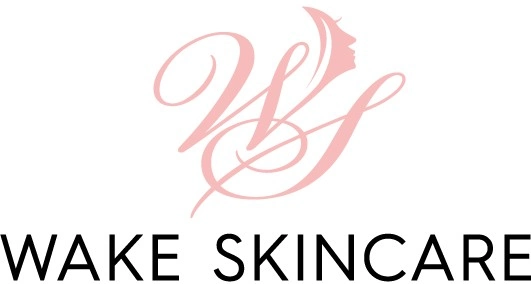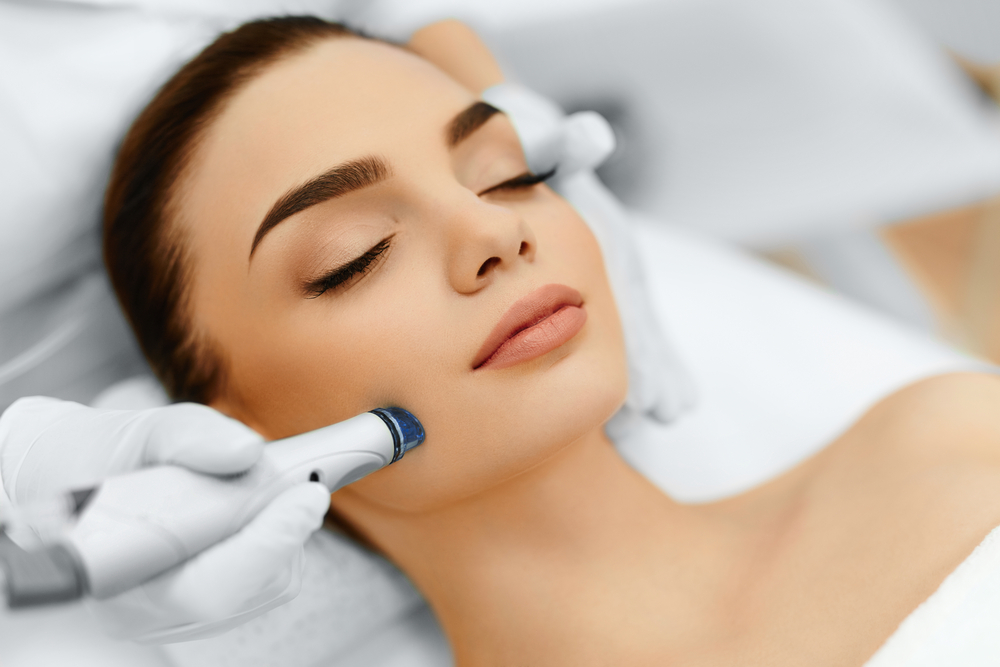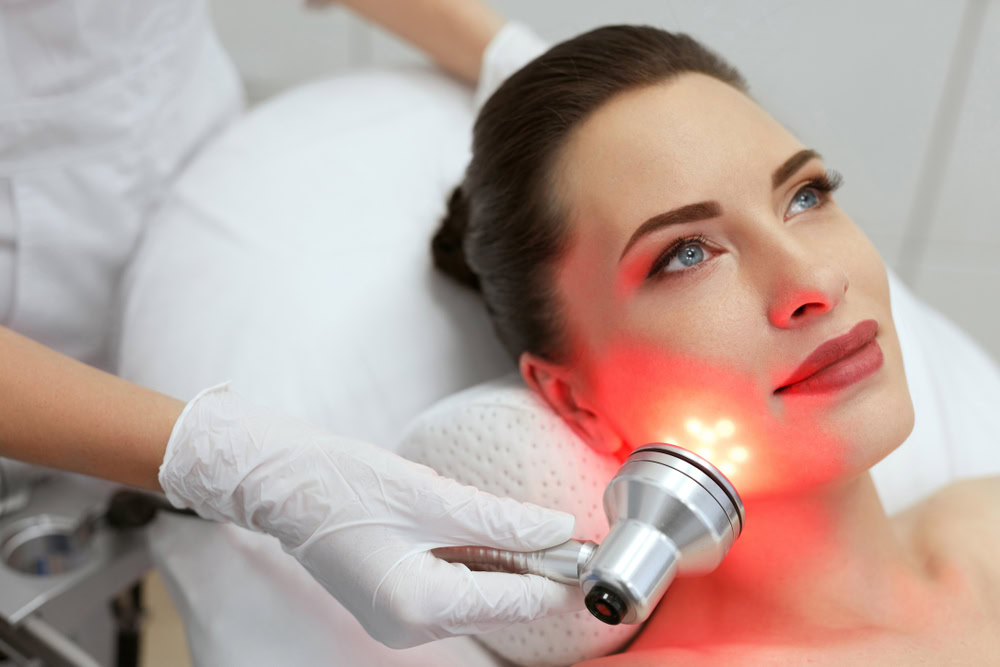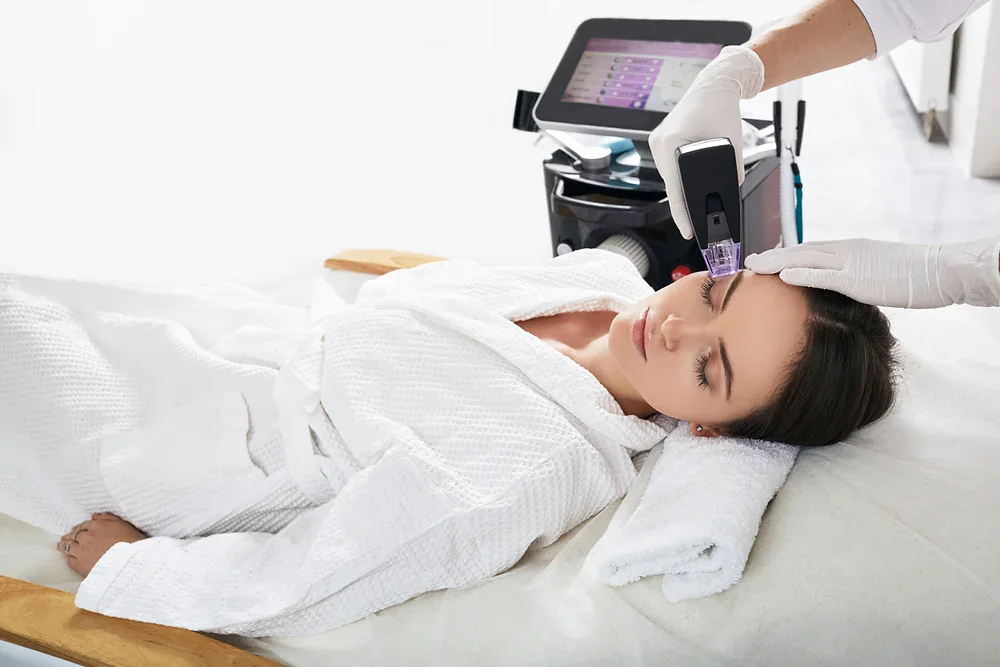Summary:
How Superficial Chemical Peels Work
Superficial peels work exclusively on your skin’s outermost layer – the stratum corneum. Think of them as a controlled way to speed up your natural exfoliation process. These gentle treatments use mild acids like glycolic, lactic, or salicylic acid to dissolve the bonds holding dead skin cells together.
The process takes about 15-30 minutes and feels like a mild tingling sensation. You’ll notice an immediate glow, though the full benefits develop over several days as your skin naturally sheds the treated layer.
What Superficial Peels Can Treat
Superficial peels excel at addressing surface-level concerns that don’t require deep intervention. They’re particularly effective for dull, tired-looking skin that needs a refresh rather than a complete transformation.
These treatments work well for fine lines that are just starting to appear, especially around the eyes and mouth. They help with mild acne by unclogging pores and reducing the bacteria that cause breakouts. If you have light sun damage or age spots, superficial peels can gradually fade these imperfections over multiple sessions.
The beauty of superficial peels lies in their versatility. You can use them as maintenance treatments every 4-6 weeks to keep your skin looking fresh and radiant. They’re also safe for most skin types, including sensitive skin that might react poorly to stronger treatments.
Many people in Wake County choose superficial peels because they fit seamlessly into busy lifestyles. You can literally have a treatment during lunch and return to work immediately. There’s no peeling, no redness that lasts more than a few hours, and no need to hide indoors while your skin heals.
Recovery and Results from Light Peels
Recovery from superficial peels is minimal – that’s their biggest advantage. You might experience slight redness for 1-2 hours, similar to a mild sunburn that fades quickly. Some people notice their skin feels slightly tight, like after spending time in air conditioning.
The results appear gradually over 3-7 days. Your skin will look brighter and feel smoother almost immediately, but the full effect develops as new skin cells reach the surface. You’ll notice improved texture, reduced pore appearance, and a healthy glow that makes makeup apply more smoothly.
Most people need 3-6 treatments spaced 2-4 weeks apart to see their desired results. Think of it as building up benefits over time rather than achieving dramatic change in one session. This gradual approach actually works better for many people because it allows your skin to adjust without shock.
The key to success with superficial peels is consistency. Regular treatments maintain your results and continue improving your skin over time. Many of our clients in Wake County incorporate them into their routine skincare regimen, scheduling monthly sessions to keep their complexion looking its best year-round.
Medium Depth Chemical Peels Explained
Medium peels penetrate deeper than superficial treatments, reaching into the papillary dermis – the upper portion of your skin’s second layer. This deeper penetration allows them to address more stubborn skin concerns that surface treatments can’t touch.
The most common medium peel uses trichloroacetic acid (TCA) at concentrations between 20-35%. The treatment process involves more preparation and monitoring than superficial peels, typically taking 30-45 minutes in the treatment room.
What Medium Peels Can Address
Medium peels tackle the skin concerns that make you avoid certain lighting or feel self-conscious in photos. They’re designed for people who need more than surface-level improvement but aren’t ready for the intensity of a deep peel.
These treatments excel at reducing moderate wrinkles, especially those around the eyes, mouth, and forehead that have become more pronounced over time. They’re highly effective for sun damage that’s accumulated over years – those brown spots, uneven pigmentation, and rough texture that make your skin look older than you feel.
If you’re dealing with acne scarring, medium peels can significantly improve the appearance of shallow to moderate scars. They work by stimulating collagen production in the deeper skin layers, which helps fill in depressed areas and smooth out irregular texture.
Medium peels also address melasma and other forms of hyperpigmentation that don’t respond to gentler treatments. The deeper penetration allows the peel to reach pigment deposits that superficial treatments can’t affect. However, this increased effectiveness comes with higher risks, especially for people with darker skin tones who may be more prone to post-inflammatory hyperpigmentation.
Medium Peel Recovery Process
Recovery from medium peels requires more planning and patience than superficial treatments. You’ll experience significant peeling that typically begins 2-3 days after treatment and continues for 5-7 days. This isn’t the subtle flaking you might see with gentle peels – it’s obvious, visible peeling that affects your daily routine.
During the first 24-48 hours, your skin will feel tight and may appear red or bronzed. By day three, the peeling process begins in earnest. Your skin will shed in sheets or large flakes, revealing fresh skin underneath. This process can’t be rushed or helped along by picking or scrubbing.
The new skin that emerges is initially pink and sensitive, requiring careful sun protection for several weeks. Most people need 7-10 days away from normal activities, especially if their work involves face-to-face interaction with clients or customers.
Results from medium peels are more dramatic and longer-lasting than superficial treatments. You’ll see significant improvement in skin texture, tone, and overall appearance. Fine to moderate wrinkles are visibly reduced, sun damage fades considerably, and your skin has a renewed, more youthful appearance that can last 2-6 months or longer with proper care.
Choosing the Right Chemical Peel for Your Goals
The difference between superficial, medium, and deep chemical peels comes down to penetration depth, recovery time, and results intensity. Superficial peels offer gentle improvement with no downtime, perfect for maintenance and mild concerns. Medium peels provide significant results for moderate skin issues but require a week of recovery time.
Deep peels deliver dramatic transformation for severe concerns but involve extensive healing and should only be performed by experienced physicians. Your choice depends on your specific skin concerns, available recovery time, and desired outcome intensity.
The key is working with an experienced professional who can assess your skin and recommend the appropriate treatment depth. We offer comprehensive consultations to help you choose the right peel for your unique needs and goals.





